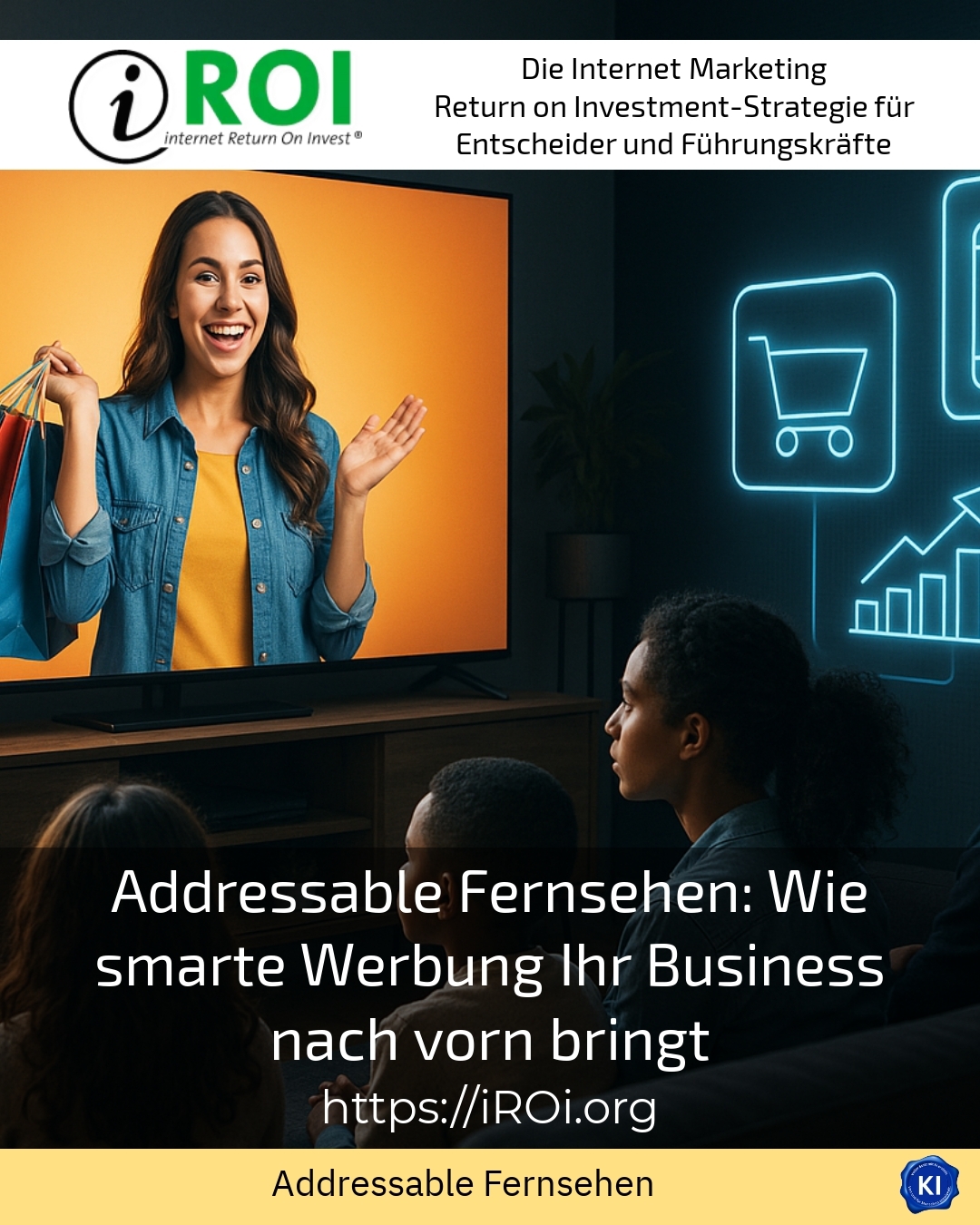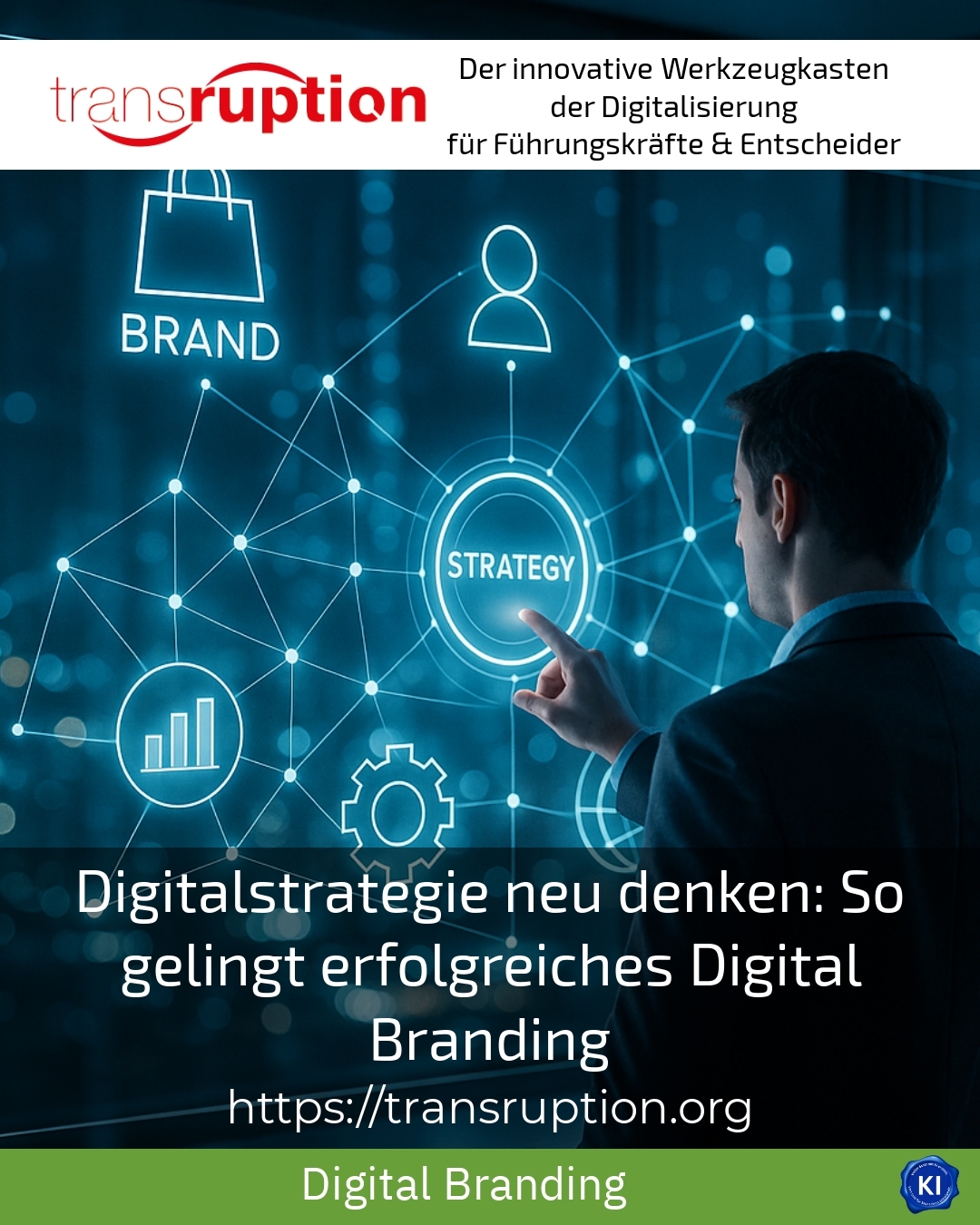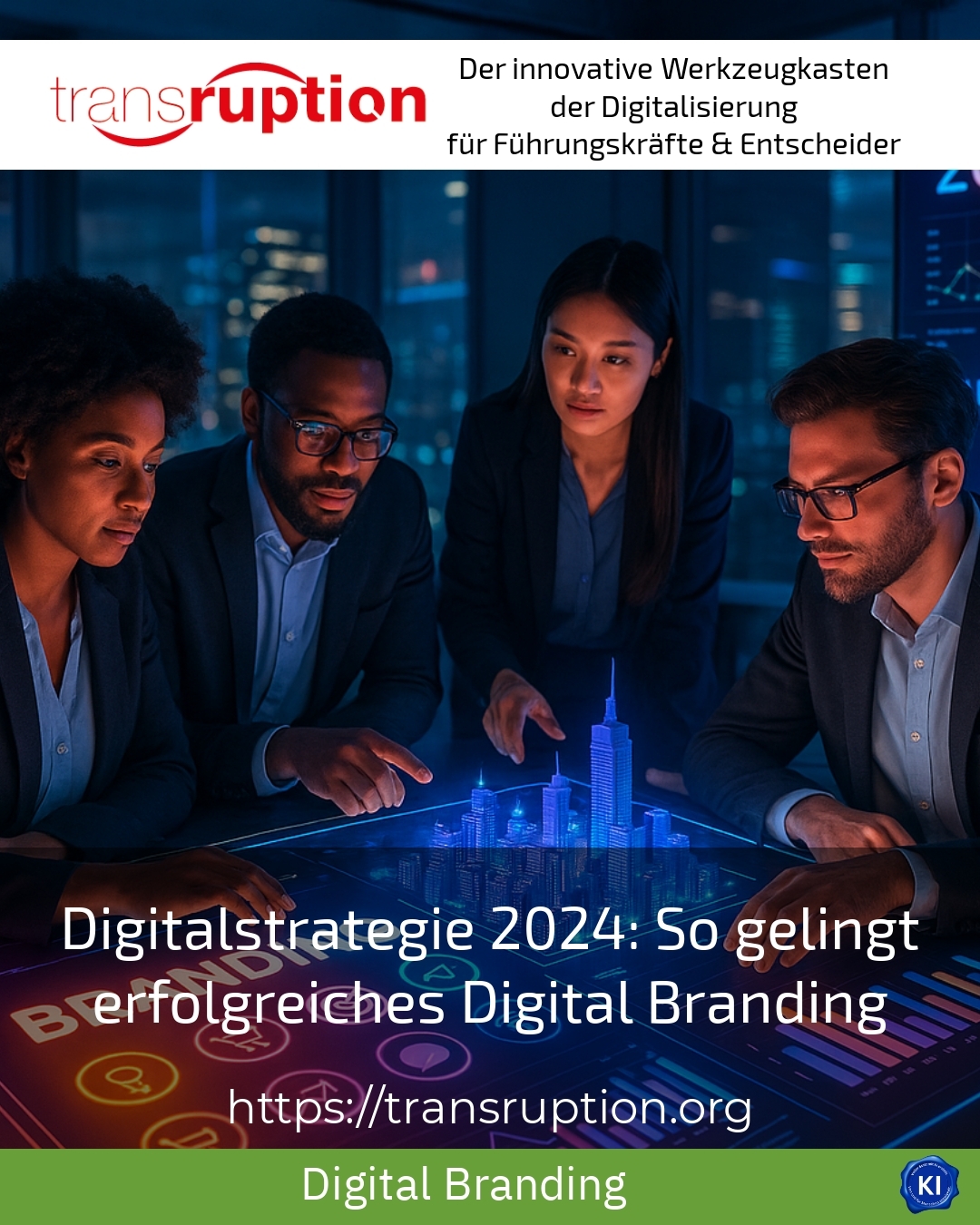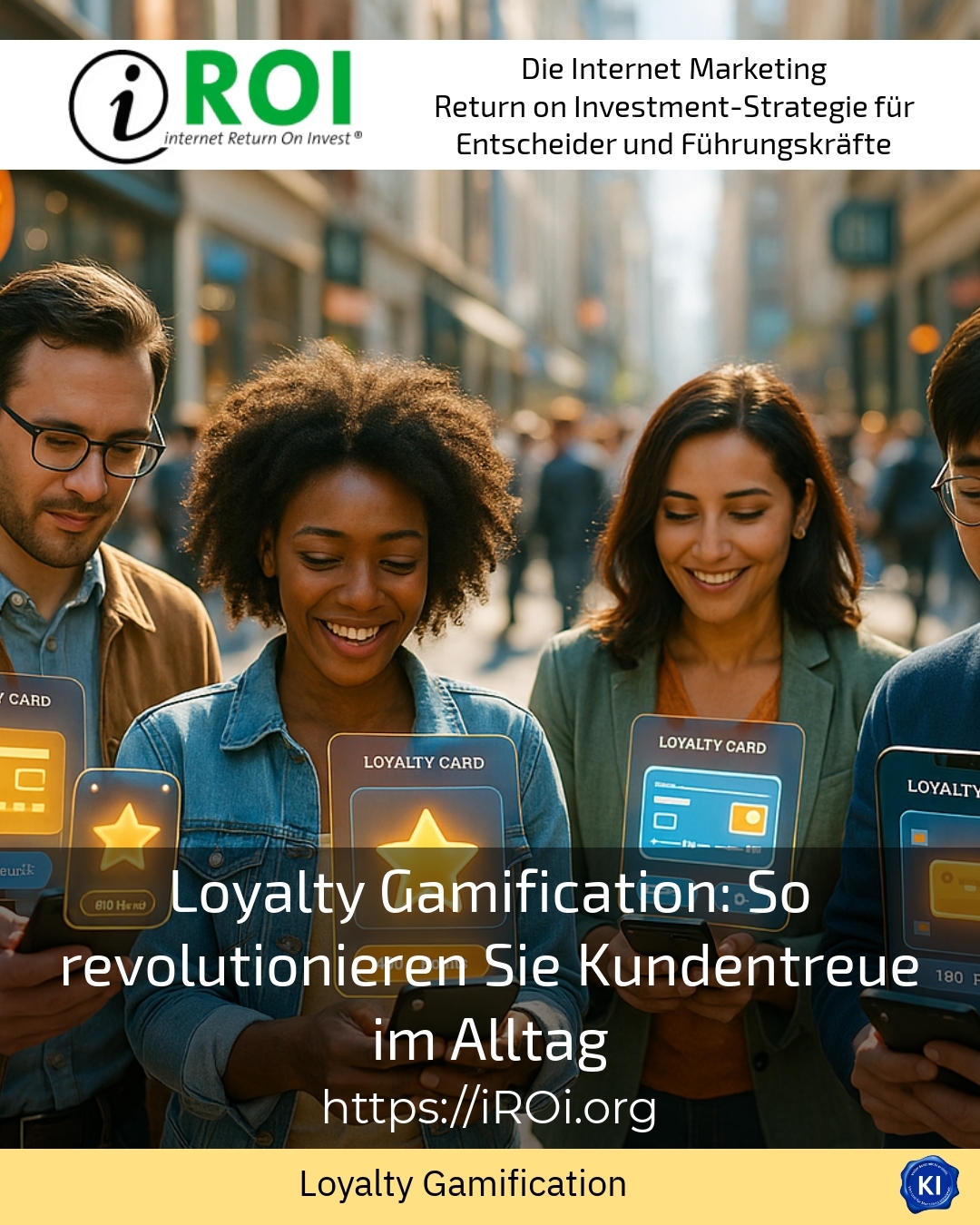Loyalty gamification opens up new perspectives for companies to sustainably strengthen customer loyalty in everyday life. Motivation and commitment can be significantly improved through the targeted use of playful elements. This approach not only helps to attract customers, but also to retain them with a brand in the long term.
Loyalty gamification: basics and principles
Loyalty gamification means integrating game-like mechanics such as points, badges, challenges or ranking lists into customer loyalty programmes. These game mechanics create an incentive for users to engage more intensively with a brand or service. The focus is not just on collecting points, but on the active participation and interaction of customers.
The coffee retailer Starbucks shows a practical example with its „Starbucks Rewards“ programme. Customers collect points with every purchase, which they can exchange for rewards. Additional levels and exclusive offers create a playful experience that motivates customers to come back and consume more. This turns simple transactions into emotional customer loyalty[2][6].
Successful loyalty gamification elements can also be found in the household products sector. Through knowledge challenges or DIY ideas, customers can playfully deepen product expertise and sustainable topics. These activities are rewarded with virtual badges or points, which strengthens loyalty to the provider and also provides valuable insights[1].
Practical examples and successful applications
In addition to Starbucks, there are numerous other industry examples that successfully utilise loyalty gamification:
1. Nike Run Club App: This app tracks running activities and rewards users with points for every kilometre they run. Through challenges and community features, it increases the motivation of athletes and binds them to the Nike brand in the long term. Collecting progress and reaching levels provides visible successes that activate the user[2][8].
2. KFC Japan: The interactive game „Shrimp Attack“ allowed customers to earn rewards that could be redeemed for discounts in the shops. This led to a measurable increase in customer registrations and a significant increase in sales[4].
3. Microsoft Rewards: Users collect points through various activities and can take part in reveal games to win surprise rewards. This cleverly utilises the loss aversion mechanism by combining rewards with a playful surprise effect and encourages ongoing engagement[3].
Inspiration from loyalty gamification for your customer strategy
The following measures are recommended in order to use loyalty gamification sensibly:
- Use playful challenges that encourage customers to take part, such as quizzes, competitions or creative hands-on activities.
- Reward not only purchases, but also reviews, feedback and community engagement to create multiple touchpoints.
- Use continuous incentives such as level upgrades or exclusive benefits for particularly active customers to promote sustainability.
- Integrate surprise elements and random rewards to arouse users' curiosity and increase the fun factor.
- Incorporate user-generated content that binds customers emotionally to your brand and at the same time strengthens communication within the community.
These impulses support companies in developing an interactive and long-term relationship from a pure transaction. The result is a loyalty system that offers more than just discounts: It becomes an experience with lasting value.
How iROI coaching supports loyalty gamification
Many companies come to iROI-Coaching with the challenge of modernising and motivating their existing customer loyalty measures. iROI-Coaching provides targeted support in the design, implementation and evaluation of loyalty gamification projects.
The coaching supports the selection of suitable game mechanics, the integration of technical solutions and the development of communication strategies that actively involve customers and inspire them in the long term. Through the combination of strategic expertise and practical relevance, projects are effectively supported and geared towards sustainable success.
BEST PRACTICE with one customer (name hidden due to NDA contract) The introduction of a loyalty programme with challenges and ranking lists increased customer activity by over 30 percent within six months. In addition, regular surprise missions ensured a high level of engagement and strengthened the emotional bond with the brand.
Another example from the food retail sector shows how the integration of recipe ideas and upcycling challenges not only promoted customer knowledge, but also intensified interaction with the products. This created a lively ecosystem of content, feedback and buying impulses.
My analysis
Loyalty gamification offers a wide range of opportunities to renew and intensify customer loyalty in everyday life. The targeted use of playful elements sustainably increases motivation, interaction and emotional engagement. Simple transactions are turned into lively customer relationships that are also actively cultivated between purchase moments.
At the same time, a combination of different mechanisms - from knowledge challenges and surprise rewards to social community integration - is particularly effective. Support from experienced consultants such as iROI-Coaching makes it easier for companies to successfully deploy and implement customised concepts.
Companies that use loyalty gamification strategically can increase their customer frequency, intensify brand loyalty and ultimately improve the economic success of their customer loyalty programme.
Further links from the text above:
[1] VisionELeven - Loyalty Gamification for customer retention
[2] Marketing sheet - 11 gamification examples for retailers
[3] Thomas Lindemann - 10 gamification tricks for loyalty programmes
[4] Animaker - The 12 best gamification examples
[6] AFS Academy - Gamification in marketing
[8] HubSpot Blog - Gamification in online marketing
[10] Alexander Thamm - 9 examples of gamification in companies
For more information and if you have any questions, please contact Contact us or read more blog posts on the topic internet Return on Investment - Marketing here.
















